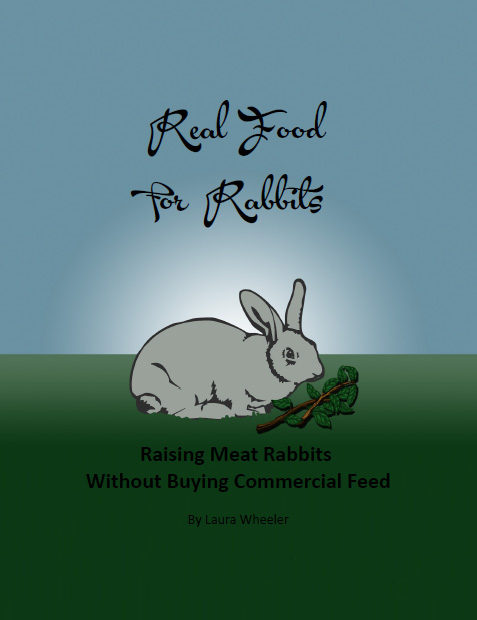Stewpot Culling
If you are breeding pigeons for meat, it makes sense to weed out those birds which make unsuitable breeders. Meat pigeons need to be disease and climate hardy, free of obvious defect, good producers, and good parents. If they are not, it is not wise to leave them in your breeding pool.
Many people feel that it is a contradiction to love your animals and still produce them to butcher. We have seen that it is actually natural to care very much for those animals that you are using to produce food. Of course, we generally name the breeding pairs, but not the offspring that is destined for the skillet, when we are raising small animals, but sometimes even the breeders have to go, named or not!
Sometimes you can find another way to remove them from your flock - by selling them (with full disclosure), by giving them away, or by releasing them if they were originally feral pigeons. You just can't keep all of the culls around as pets, there will be too many in the long term if you are selective as you should be! But often, the most practical option is pigeon stew.
It is important that unsuitable breeders are culled, regardless of affection for the birds. If a bird is perpetually sickly, it is no longer suitable for breeding if you are trying to breed in disease hardiness. A bird that is eggbound, a poor parent, a less vigorous producer, etc, needs to be removed from the breeding lines, and their prior offspring should be removed as well (generally by selling them). Whatever you allow to remain is a trait you are BREEDING IN to your bloodlines. If it is a trait you do not want, you must remove it.
If you want top breeding stock, you have to cull for ALL imperfections that matter in the long term. Over time, your standards for culling get MORE strict, not less, and they should focus on utility, not on appearance except where vital breed standards are concerned, when you are breeding to produce meat.
Young birds are used in the kitchen as squab, and are suitable for many methods of preparation, but once they are fully feathered out and flying, they are no longer as tender. Older pigeons are fairly tough, and require extensive cooking, which is why they generally go for stew, or pigeon pie (pre-cooked stew in the pie).
Your young squabs should also be selected for either butchering, or preservation as future breeding stock, based on sound characteristics. The more rapid growers should be saved for breeding stock, as should the healthiest birds, from the healthiest and most productive parents. Half of the decision has to do with the parentage, half with the individual young bird.
In order for this to work, you have to be tracking pairs and their productivity and health. Banding is the most common method of doing this, but you may also choose to do so by numbered nest boxes (though this is not 100% accurate since they DO sometimes change nests though it is not a frequent occurrence).
Now, here is where I generally hear howls of outrage. Stewpot culling can be done with ANY pigeons, whether they were originally destined to be meat producers or not. Any pigeon that is large enough to be worth the effort of cleaning can go in the stewpot, including those bred for sport or show.
Basic Pigeon Stew
4 potatoes, peeled and cubed
2 carrots, sliced
2 stalks celery, chopped
1 medium onion, diced
1/4 head of cabbage, chopped
2 tbsp tomato paste
2 tsp dried parsley
2 tsp Real Salt brand Seasoning Salt (this is more of an herb salt, and is NOT comparable to other seasoning salts!)
6-8 shakes of pepper
2 tbsp butter
1-4 pigeons
Additional salt to taste
Put pigeons in an 8 qt stockpot. Cover with water. Bring to boil and reduce to a simmer. Cover, and cook until the meat can be removed from the bones. Cool slightly, bone out, and chop the meat. Return to the pot.
Add other ingredients, and add additional water to cover. Bring to boil, reduce to simmer and cover. Let simmer, stirring occasionally, for about 1 hour. Vegetables should be tender, and flavors well blended.
OPTIONAL: Blend 1/4 cup flour with enough water to make a smooth paste that is just pourable. When the stew is fully cooked, add the flour paste to the stew, and bring to a boil again, stirring continuously, to thicken the broth.
Serve with hot biscuits or rolls and butter.
May also be made in a crock pot.
If you harvest breasts only from grown Pigeons, you can do this without the whole bird, but the stock will end up with less flavor. Stew made with the bones in the initial stock tends to have more flavor and a little more nutrition than that made with breast meat only.
Click to Download Your Free Heritage Pickling and Culturing e-Book Now!
Instant Download, NO Registration Required!






